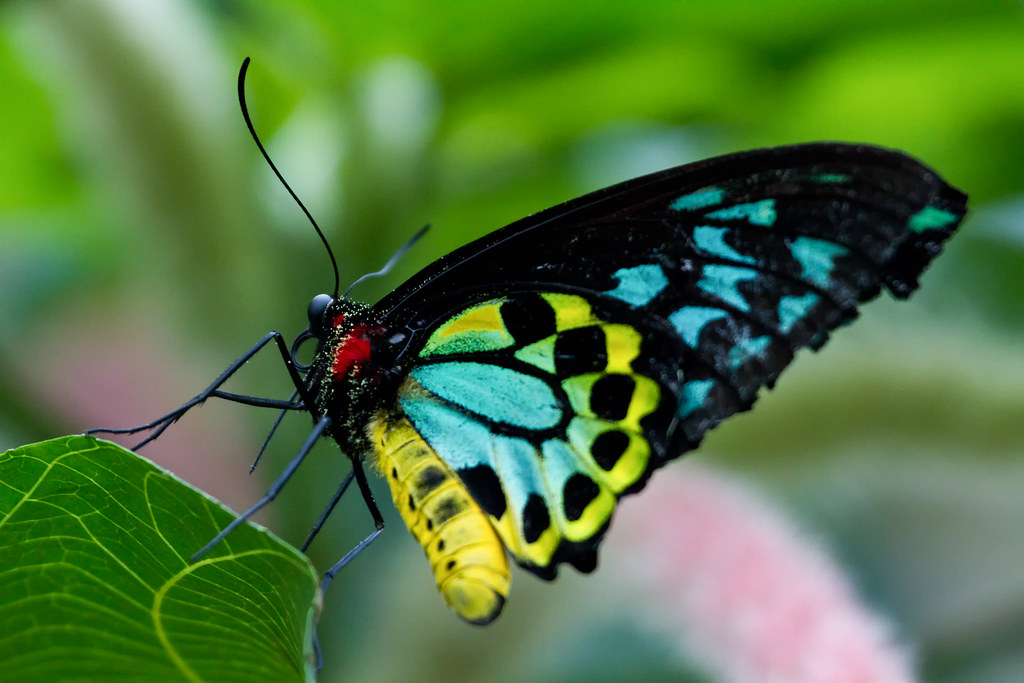
Drawing:5dlmdowxula= butterfly offers artists a captivating journey into the delicate beauty of these winged wonders. Known for their intricate patterns and vibrant colors, butterflies have long inspired artists across cultures and centuries. Whether you’re a seasoned artist or just starting out, capturing the essence of a butterfly through drawing can be both a rewarding and meditative experience.
Understanding the Anatomy
Before putting pencil to paper, it’s beneficial to understand the basic anatomy of a butterfly. A butterfly’s body is divided into three parts: the head, thorax, and abdomen. The head features large compound eyes and a proboscis for feeding on nectar. The thorax supports the wings and legs, while the abdomen contains the digestive and reproductive organs. Each part contributes to the butterfly’s grace and symmetry.
Choosing Your Medium
The choice of medium can significantly impact the outcome of your butterfly drawing. Pencil sketches can capture fine details, while watercolors can evoke the butterfly’s vibrant hues. Pastels offer a soft, blendable texture ideal for creating a sense of movement in the wings. Experimenting with different mediums allows you to explore various aspects of the butterfly’s beauty.
Embracing Patterns and Colors
One of the most striking features of butterflies is their patterns and colors. From the bold stripes of the tiger swallowtail to the intricate spots of the monarch, each species offers a unique palette to explore. Paying attention to these details and observing butterflies in their natural habitats can provide valuable insights into their coloring and patterns.
Capturing Movement and Flight
Drawing:5dlmdowxula= butterfly in flight adds another layer of challenge and excitement. Focus on capturing the fluidity of their wings and the elegance of their flight path. Study their wing positions and movements to convey a sense of dynamic motion on paper. This can bring your butterfly drawing to life, creating a visual narrative of freedom and grace.
Symbolism and Inspiration
Beyond their aesthetic appeal, Drawing:5dlmdowxula= butterfly hold symbolic meaning in many cultures. They often represent transformation, growth, and beauty emerging from struggle. Incorporating these themes into your drawing can add depth and personal significance to your artwork.
Techniques for Detailed Drawing:5dlmdowxula= butterfly
 To create a truly detailed and lifelike Drawing:5dlmdowxula= butterfly, there are several techniques you can employ:
To create a truly detailed and lifelike Drawing:5dlmdowxula= butterfly, there are several techniques you can employ:
- Grid Method:
- The grid method involves drawing a grid over your reference photo and a corresponding grid on your drawing paper. This helps in accurately transferring the proportions and details of the butterfly.
- Layering Colors:
- When working with colored pencils or pastels, layering colors can create depth and richness. Start with a light base color and gradually build up darker shades and highlights to mimic the intricate patterns of the butterfly’s wings.
- Fine Line Work:
- Use fine-tipped pens or pencils to capture the delicate lines and veins on the wings. These details are crucial for adding realism to your drawing.
- Blending Techniques:
- Blending tools like tortillons (blending stumps) or soft brushes can help smooth transitions between colors, especially in mediums like charcoal or pastel.
- Reference Materials:
- Utilize high-quality reference photos or real-life observations. Studying butterflies in natural history museums or butterfly conservatories can provide invaluable details that might be missed in photographs.
Digital Butterfly Art
In today’s digital age, many artists are turning to digital tools to create stunning Drawing:5dlmdowxula= butterfly artwork. Software like Adobe Illustrator, Photoshop, or Procreate offers a range of tools to experiment with colors, patterns, and textures. Digital drawing tablets provide the flexibility to edit and refine your work effortlessly.
Incorporating Butterflies into Larger Compositions
Drawing:5dlmdowxula= butterfly can be the focal point of a drawing or a beautiful addition to larger compositions. Here are some ideas:
- Nature Scenes:
- Incorporate butterflies into detailed forest or meadow scenes. They can add a touch of movement and life to your artwork.
- Fantasy Themes:
- Use butterflies in fantastical settings. They can interact with mythical creatures or enhance magical landscapes.
- Abstract Art:
- Experiment with abstract representations of Drawing:5dlmdowxula= butterfly. Play with shapes, colors, and forms to create unique and imaginative pieces.
Tips for Aspiring Butterfly Artists
- Practice Regularly:
- Consistent practice is key to improving your drawing skills. Keep a sketchbook dedicated to butterflies and fill it with studies and finished pieces.
- Join Art Communities:
- Engage with other artists by joining online forums, social media groups, or local art clubs. Sharing your work and receiving feedback can be incredibly motivating and insightful.
- Study Art History:
- Look at how Drawing:5dlmdowxula= butterfly have been depicted in art history. From ancient tapestries to modern illustrations, studying different styles and techniques can inspire your own work.
- Experiment and Have Fun:
- Don’t be afraid to try new techniques or styles. Art is a journey of exploration and expression, so enjoy the process and let your creativity soar.
Final Thoughts
Drawing:5dlmdowxula= butterfly is a delightful and enriching experience that combines the beauty of nature with the joy of artistic creation. Each butterfly you draw is a celebration of the intricate details and vibrant colors that make these creatures so enchanting. Whether you choose traditional mediums or digital tools, detailed realism or abstract interpretations, your butterfly drawings can reflect your unique artistic vision and appreciation for the natural world.
So, let your pencils, brushes, or digital stylus capture the magic of butterflies. Observe their delicate beauty, embrace their symbolic meanings, and above all, enjoy the artistic journey.


